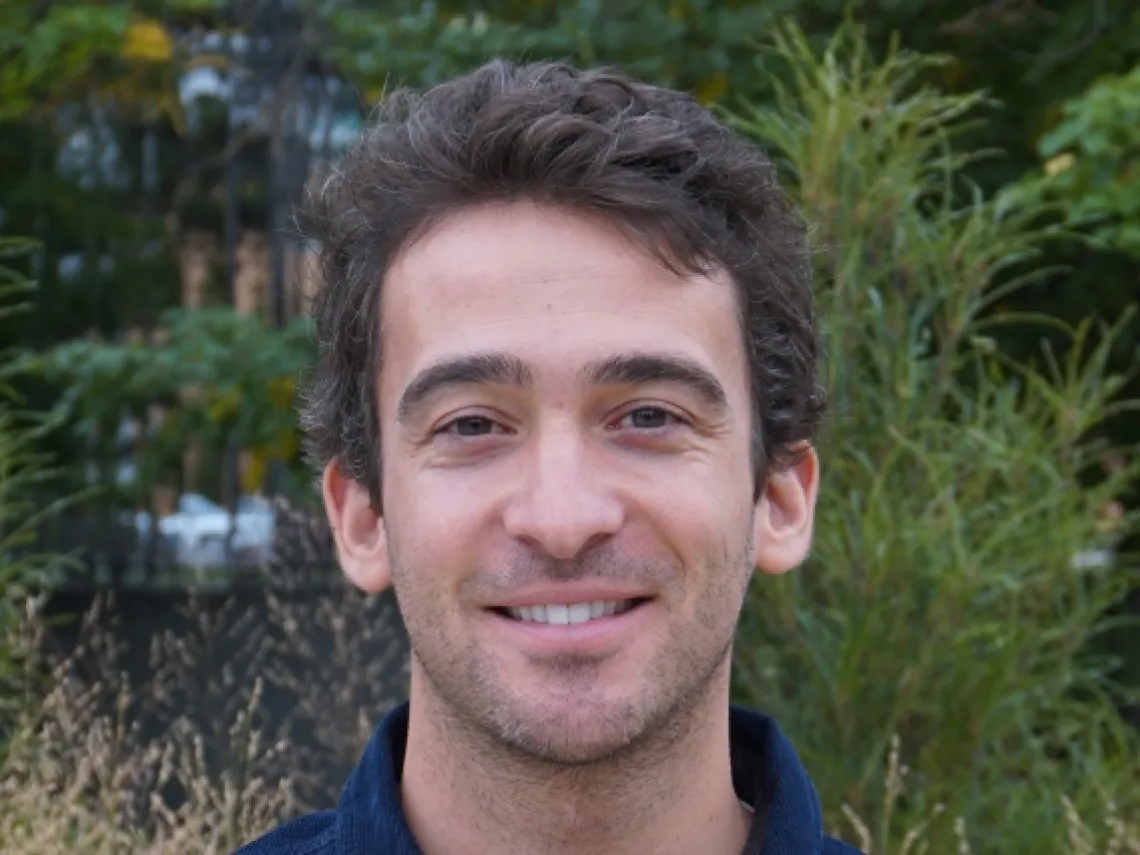The Colorado River as a Catalyst for Change

This profile is a part of our consortium profile series, highlighting the people that make up the SW CASC—what inspires them, makes them passionate about their research, and gives them hope for the future. For this profile, Bryson Mineart (SW CASC communications student assistant and undergraduate student in the University of Arizona Computer Science program) interviewed SW CASC Post-Doctoral Researcher Drew Eppehimer (Utah State University).
The Colorado River is one of the most heavily managed and monitored water systems in the world. The river spans across several states in the U.S. and eventually finds itself crossing the country’s southern border into Mexico. Aside from being the primary supplier of water for many Southwestern states, the river is responsible for creating hydroelectric power through its dams and is home to a large variety of plant and animal species. Some of these species are finding themselves in danger as temperatures in the region rise and drought conditions persist, damaging the river’s health. Drew Eppehimer, former SWCASC Fellow and currently working for Utah State University, is devoting his post-doctoral research to studying fish in the Colorado River.
Drew grew up loving the outdoors, especially fishing and being surrounded by nature. Over time, he found himself becoming more curious about the functioning of underwater ecosystems and the species that call this place home. Drew wanted to gain a better appreciation for the world underwater that few humans get to truly appreciate. Thus, during his college career, Drew began studying how these underwater species interact with each other, and what impacts humans are having on them. This interest led him to the Michael Bogan lab at the University of Arizona, where he conducted research on aquatic ecology and waste-water restoration projects in Tucson (check out this podcast episode where Drew talks about the Tucson water project).
The Southwest CASC hosts a year-long fellowship opportunity in which Drew was accepted from 2019 to 2020. During this time, Drew and the other fellows in his cohort examined the Upper Gila River and the area’s response to different climate change scenarios. They collected information from different stakeholders about their perceptions of the river, scientific information needs, and knowledge on plausible future scenarios.
With his work on the Colorado River, Drew draws upon the skills he gained through the fellowship, such as monitoring water levels, temperature changes, and invasive species, and by examining future scenarios that will have large impacts on the ecosystems supported by the river. Given that the system is heavily managed, with a large umbrella of partners, institutions, and even investors, Drew has had the opportunity to work with many different management groups, such as the National Park Service, US Fish and Wildlife Service, and Arizona Game and Fish Department.
Given its importance to the region, how much it is managed, and current/future water shortages the Colorado River will continue to be an increasing area of research. It unfortunately will never see its original state again, and managers are anxious to learn as much as they can about the future of the river in order to make informed decisions. Humans are a reactionary species at heart, and Drew sees this critical point for Colorado River systems as necessary in order for change to happen, especially since our current methods of mitigating climate change impacts are not robust enough. Drew hopes that the increasing media coverage around the drying Colorado River will be the catalyst we need for the players involved to reimagine new solutions to rectifying the situation, which will not only benefit human life, but will also protect and nurture the vital ecosystems that thrive in and around the river.

